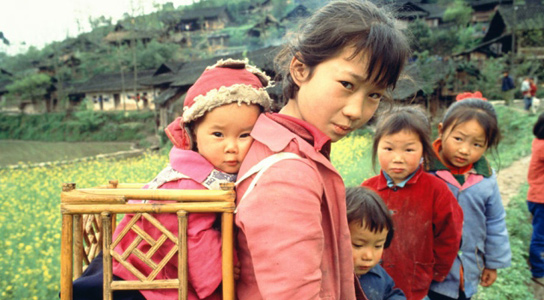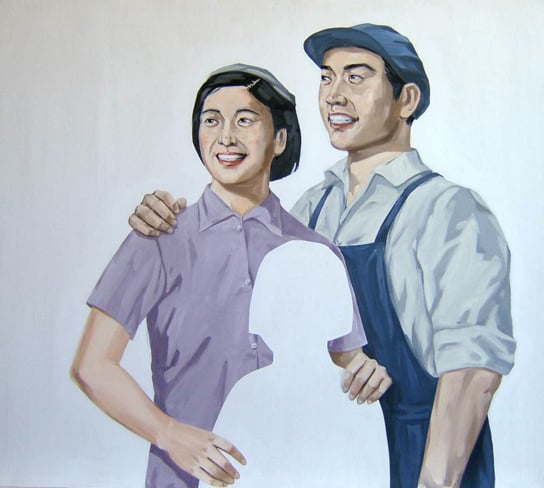
When food is scarce, women are more likely to give birth to daughters than sons.
In China, during the Chinese Great Leap Forward famine, the male-to-female birth ratios fell significantly. This implies that whenever food is in short supply, women are more likely to bear daughters than sons.
During the famine, which lasted from 1958 to 1961, between 18 to 32.5 million people died. At that time, the population of China was 600 million. This means that 5% of the overall population died in these years due to poor planning by the Politburo, while droughts and poor weather conditions didn’t help matters.

Shige Song, a sociologist and demographer at the City University of New York analyzed the data from about 300,000 Chinese women, who gave birth between September 1929 and July 1982. His findings were published in the journal Proceedings of the Royal Society B today (March 28, 2012).
The Great Leap Forward famine was caused by Chinese leaders trying to boost industrial productivity by ordering workers off agricultural lands.
Just one year after the famine started, there was a sharp dip in the percentage of boys being born. The ratio didn’t return to pre-famine levels until July 1965. This supports the sex-ratio adjustment hypothesis, that species alter the sex of their offspring in response to environmental conditions. To keep populations up in times of famine, women will give birth to fewer boys.
In animals, this has already been studied, but until now, the evidence in humans has been much less clear and previous results have been inconsistent. Since the Chinese food shortage was much more severe, and ran longer than previous famines, it affected more people and resulted in a larger data set. The analysis implies that it might take about a year for the effect to be triggered in a population.
The data that Song used was gathered in 1982. China’s one-child policy, which was introduced in 1978 to skew the sex ratio to favor boys, is unlikely to have influenced the results. However, malnutrition may not be the sole cause of the dip. Increased physical and psychological stress may have been contributing factors as well.
Reference: “Does famine influence sex ratio at birth? Evidence from the 1959–1961 Great Leap Forward Famine in China” by Shige Song, 28 March 2012, Proceedings of the Royal Society B.
DOI: 10.1098/rspb.2012.0320









Be the first to comment on "Birth Ratios Skew Towards More Females During Famine"